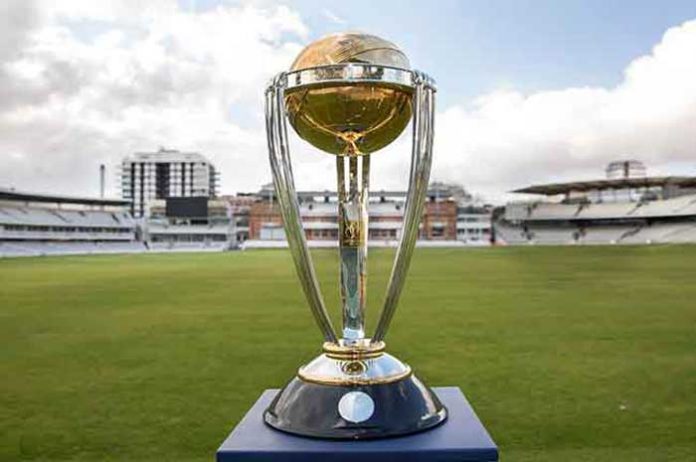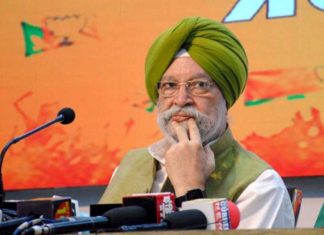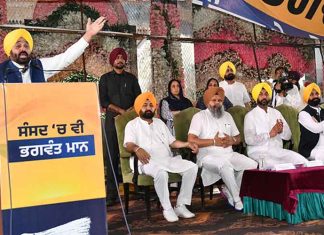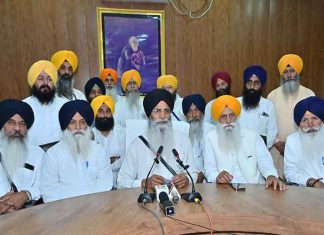The 2019 cricket World Cup has reached its halfway stage. South Africa and Afghanistan are now not in contention whereas the West Indies, Sri Lanka, Pakistan and the peppy Bangladesh side are all in the precarious position of having to win all their remaining matches.
The four sides that are strong contenders to qualify are India, England, New Zealand and Australia. The uncertainty now for these top teams is the order in which they will qualify.
This is where once again the International Cricket Council has erred. The Indian Premier League’s (IPL) format should have been the correct format at the knock-out stage.
The top two teams first play each other and the loser, thereafter, plays the winner of the third and fourth place. The top two teams in the league stage need to be given some sort of recognition for their effort and therefore, should be given the opportunity for two attempts, if they lose against each other.
The present format of the top team playing the 4th place side and the 2nd and 3rd playing each other, therefore, makes the qualifying positions quite irrelevant. The only advantage derived from a team’s higher placing is if, in the semifinals and the finals, the match gets washed out.
The World Cup has been a dampener so far given the wet, rainy English conditions and this is only likely to continue. Washed out matches or rain effected ones with the Duckworth and Lewis formula as a decider is something all the teams are dreading. The example of it could be seen when Pakistan were chasing a formidable total against India. The opening wicket partnership between Babar Azam and Fakhar Zaman at one stage, through the D&L calculations, could have had Pakistan pip India, if the weather god had blessed them.
One does understand that it is quite impossible to replicate the actual conditions through mathematical calculations and so the D&L becomes another of the uncertainty that competing sides have to live with.
The major change from the past is the behaviour of the playing surface — the pitch. English wickets were normally fresh, a little moist at the start of play. This helped fast bowlers move the ball off the wicket, which made batting that much more difficult. These conditions were even more pronounced when there was rain and cloudy condition before the match. That’s precisely why, a few of the captains opted to bowl first, hoping to take advantage of the dampness that normally prevailed when the wickets were covered. Unfortunately for them, things have changed.
The modern covers have a heating system which keeps the wicket dry. Although, there is grass on the wicket, the dryness below makes it beautiful for batting. One does feel sorry for the bowler, as after just 8 overs, the ball stops moving in the air and the grass ensures that it does not spin vigorously. The poor bowler is at the mercy of the batter making a mistake rather than being able to expose the lack of his technique.
That is why centuries, big scores and plenty of sixes have been in abundance. The technically perfect batsmen are all having a ball, especially with the field restrictions, with just four outside the circle for most part of the game and so hitting boundaries and rotating the strike has become so much easier for them.
The 50-over game has become a total farce in favour of the batsmen. The use of two separate balls from each end has brought the demise of the reverse swing and the slow and sure bounce in the wickets, makes it difficult for them to keep the batsman in check. A trifle short or pitched up ball is seen sailing into the stand. The yorker and the fast and slow bouncer have become the only weapon of the pacers. The finger spinners have become a liability, whereas, the wrist spinners are being played comfortably off the backfoot, even though in some cases the batsmen have not read the delivery well. The talented Rashid Khan being slaughtered for well over 100 runs in his nine overs was quite sad to watch. Without any help from the wicket, he was at the mercy of every English batsman.
The ICC has to address this issue very seriously. It may be great for spectators to see plenty of fours and sixes and for average batsmen making a name for themselves, but the records will have no value if the competition is not evenly matched.
The field restriction in the first 10 overs needs to go. This was initiated to quicken the pace of the game and for the batsmen to take up the challenge when the ball was shiny and new. This too has become irrelevant as the present openers are becoming smart and rather than smashing the ball, cleverly place it without taking unnecessary risks. They know in the next powerplay with only four fielders outside the 30-yard circle, they will get enough gaps in the field to keep their score card moving.
The modern bats are nice and woody. A mishit flies over the fence and therefore, an additional fielder, making it three should be allowed outside 30 yards in the first ten overs. The next 15 overs should allow four fielders and the last 15 overs, five outside the ring.
The Kookaburra white ball is another area of concern. The new ball seems to lack movement after the initial overs and the flat seam makes it difficult for bowlers to cut or spin the ball. A ball that is helpful to the bowlers will be a better option than one that gives no assistance to them.
There has to be a duel between the bat and the ball or else it is gradually turning into a one-sided affair. A tale of many a batting records.




































































